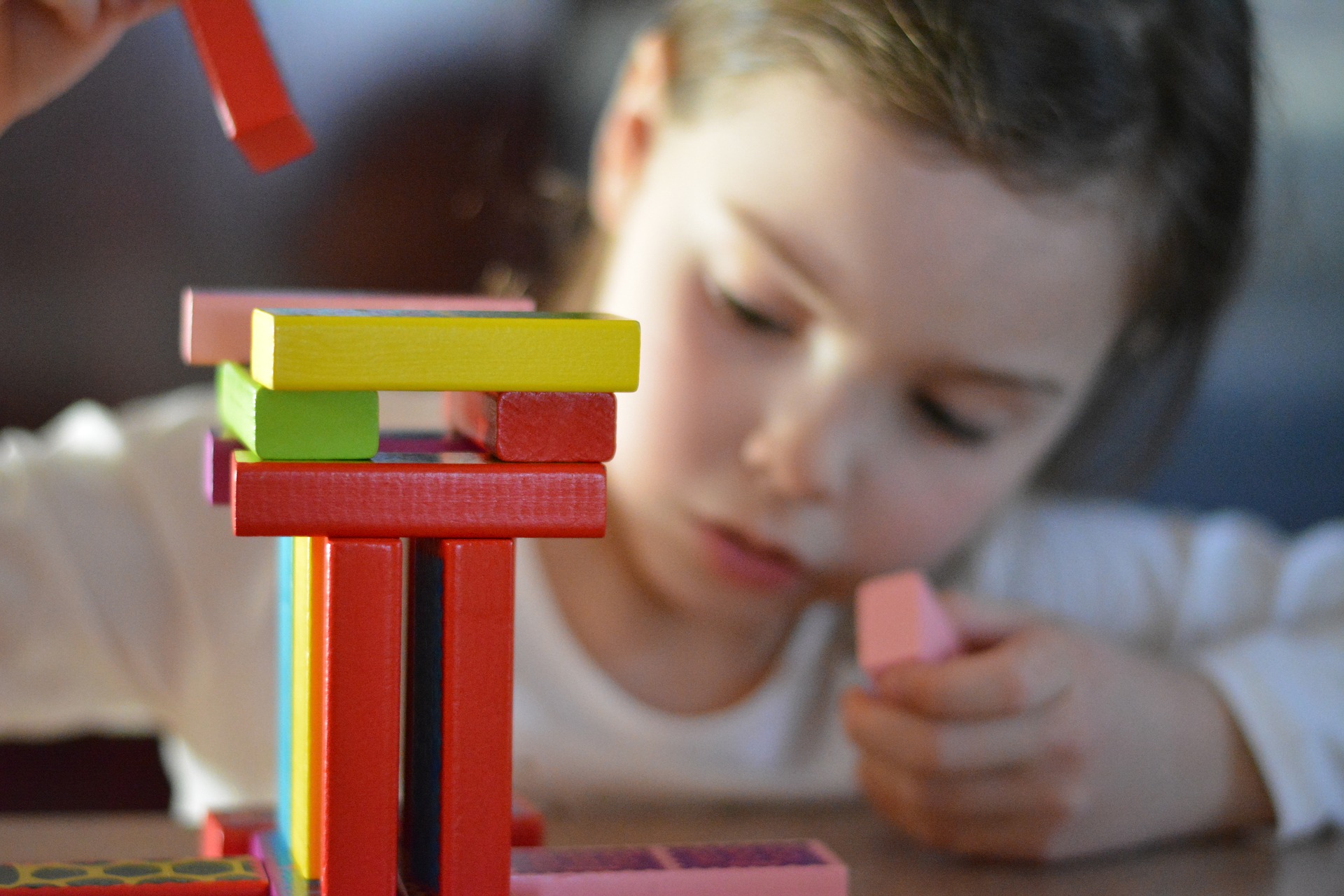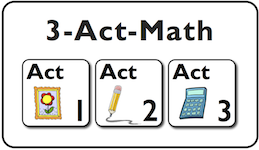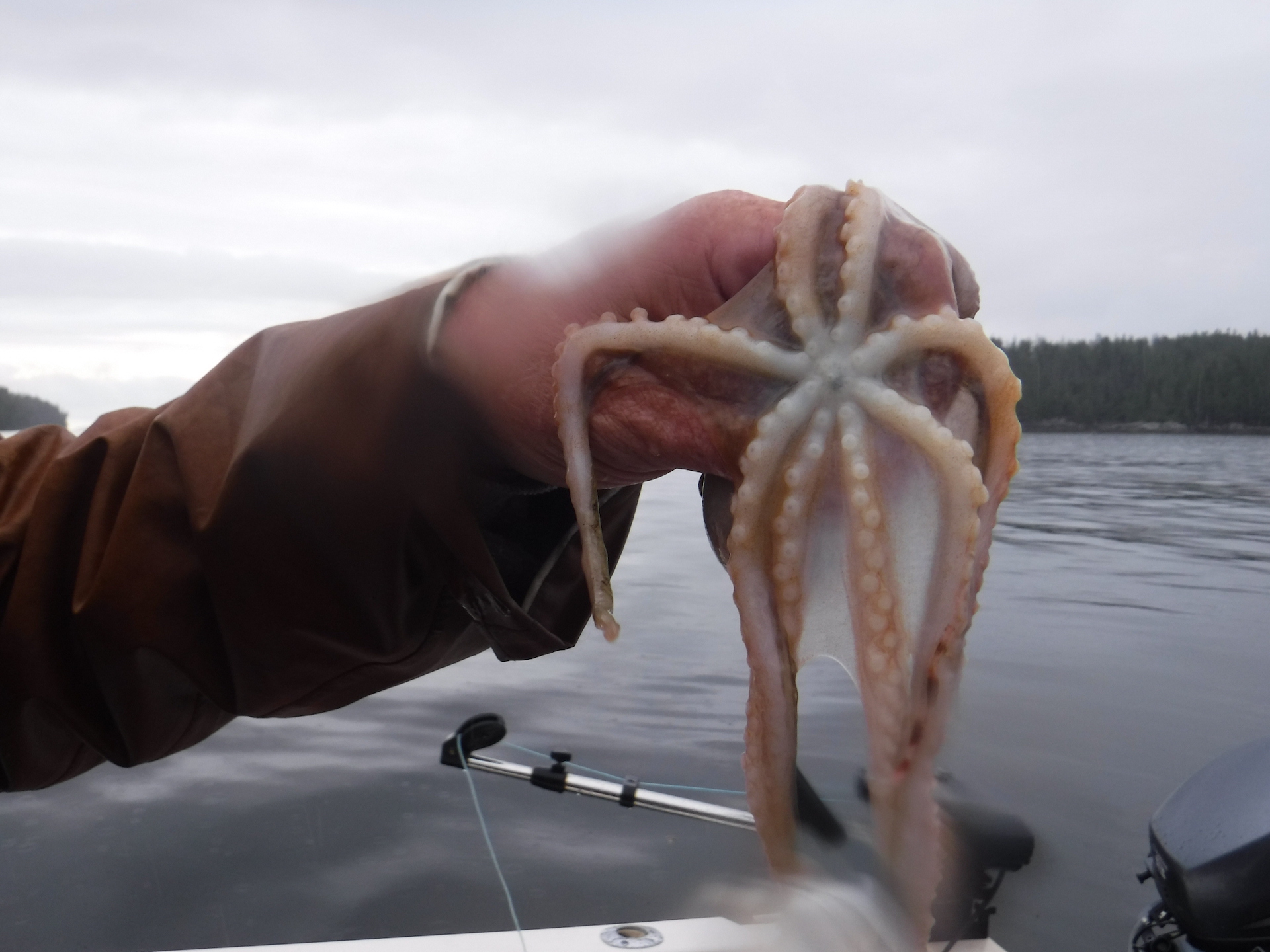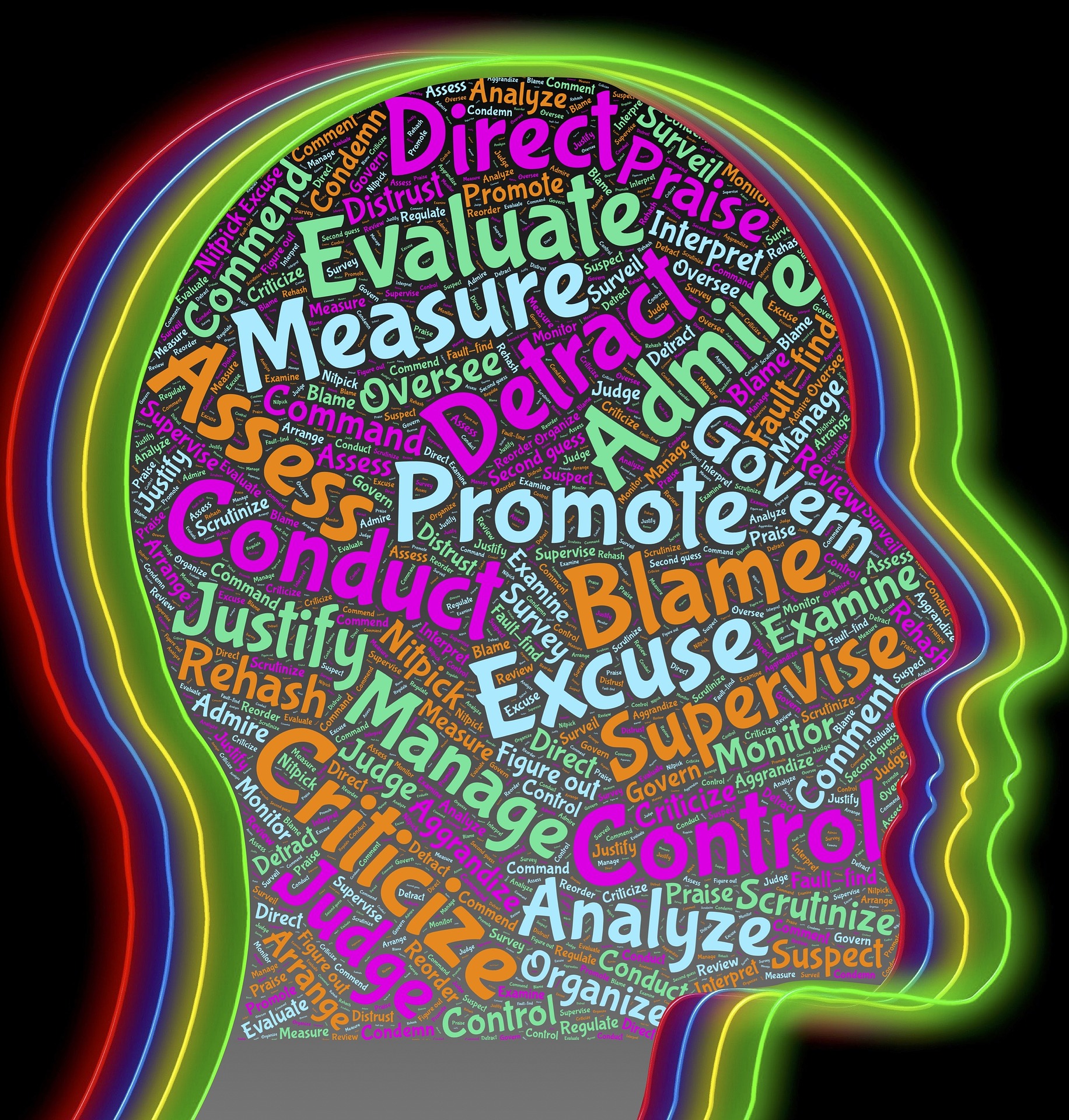
I’ve also used the adaptation Brenda offered to do this task as my summer school program is not lending itself well to this assignment. I have chosen to look at a read aloud lesson I would typically do during my Salish Sea and Great Bear Rainforest. For the criteria and developing good questions I looked at both Bloom’s Revised Taxonym (Illinoise State Univeristy Department of Education) and the questioning and inferring chapter in Non-Fiction Reading Power. I often use reading power as a basis for planning read aloud lessons and used it as a starting point.
Original Top 3 Questions
- What do you think a Seal Garden is?
- Why are Seal Gardens important?
- Why would an animal use a seal garden?
Improved top three questions
- Compare and contrast a seal garden to the area outside a seal garden.
- How would you explain a seal garden to a student in grade 1 or grade 2?
- Explain how the different animals and plants in the seal garden work together.
Sensing and Responding to Changes in the Environment
The Sea Garden Read Aloud
Amanda Younger
Grade 4
Big Idea:
- Exploring stories and other texts helps us understand ourselves and make connections to others and to the world. (English Language Arts)
- All living things sense and respond to their environment. (Science)
(British Columbia Ministry of Education, 2002)
Curricular competencies:
- Science
- Demonstrate curiosity about the natural world
- Identify first people’s perspectives and knowledge as sources of learning
- English Language Arts
- Access and integrate information and ideas from a variety of sources and from prior knowledge to build understanding
- Use a variety of comprehension strategies before, during, and after reading, listening, or viewing to deepen understanding of text
(British Columbia Ministry of Education, 2002)
Curricular content:
- Science
- Sensing and responding (Humans, other animals, plants)
- Biomes as large regions with similar environmental features
- English Language Arts
- Forms, features and genres of text
- Reading strategies
(British Columbia Ministry of Education, 2002)
SWBAT:
- Identify some of the ways in which the animals of the Salish Sea and Great Bear Rainforest sense and respond to their environment.
Success criteria:
- Asks deep thinking questions about the read aloud
- Uses why or how in the question
- Makes meaningful inferences about the answer to the question
Lesson: The Seal Garden
| Lesson Part | Activity | Materials | Questions |
| Introduction | Photo Walk with the See – Think – Wonder routine (Richhart, Church, & Morrison, 2011)Students walk around the room and note their See- Think – Wonder on the black line master provided | Printed and laminated photos | what do you see in the image?What do you think is going on?What does it make you wonder? |
| Opening discussion | Project the photosStudents share their See- Think and Wonder | Images in power pointprojector | what do you see in the image?What do you think is going on?What does it make you wonder?What makes you wonder that?What makes you say that? |
| Reading Strategy: asking questions | Review questions chart (Gear, 2008)Quick questionsQuick to answerAnswer found in the bookOne correct answerClarifies the informationOnce you know the answer thinking stopsDeep thinking questionsTakes more time to answerAnswer no in the textMay require more than one source to answerNot one correct answerHelps us deepen our understandingBecause you don’t know the answer your thinking keeps goingCreate question stems for the book | Types of questions chart | What questions do we ask?Why do we ask questions?When do we ask questions when we read?What questions could we ask about the book? |
| Read Aloud | The Seal Garden (McAllister & Read, 2018)Read the story stopping to ask questions https://www.youtube.com/watch?v=DphvHPHzIDs | What do you think a Seal Garden is?Where could we find a seal garden?Why might animals use a seal garden? | |
| Discussion | Students participate in a think pair share activity | ||
| Student Response | Complete the organizer for Questions and inferences | Non-fiction reading power page 86 |
Book Questions
Pre reading:
- What do you think a seal garden could be?
- What clues do we have from the covers?
Page by page (may not use all questions)
- page 1
- What clues do we have on this page?
- What is the image telling us?
- What do we wonder?
- Page 2
- How do land animals shelter from storms?
- What do animals in the ocean do?
- Page 3
- Why would animals choose a place larger animals couldn’t get into?
- What animals would you want to keep out?
- Why would you want to keep them out?
- Page 4
- What do the photos on this page tell us?
- Page 5
- Why do the sea lions stay outside of the seal garden?
- What advantages could a seal garden have?
- Page 6
- How do harbour seals adapt to their environment?
- What advantages do these adaptations give them?
- Page 7
- How do Elephant seals adapt to their environment?
- What advantages does that give them?
- What draw backs do they have?
- Page 8
- Why aren’t harbour seals afraid of storms?
- How do the animals ride out storms?
- How does this compare to humans?
- Page 9
- Why are seals watching for Orcas?
- How will the seals respond to Orcas?
- Page 10
- Why would it be bad for the whales to have the seals see them?
- Page 11
- What can we infer about Orcas from this page?
- Page 12
- Why are the animals in the garden nervous?
- What clues to we have?
- Page 13
- Why can the Great Bear Sea be dangerous?
- What makes the Great Bear Sea wonderful?
- How can the animals know when it is safe to explore?
- Page 14
- What roles do different animals have in the Great Bear Sea?
Bibliography
British Columbia Ministry of Education. (2002). BC Preformance Standards – Numeracy Grade 4. Victoria: Crown Publications.
Gear, A. (2008). Nonfiction Reading Power. Markham: Pembrook Publishers.
Illinoise State Univeristy Department of Education. (n.d.). Revised Bloom’s Taxonomy- Question Starters. Retrieved from https://education.illinoisstate.edu/downloads/casei/5-02-Revised%20Blooms.pdf
McAllister, I., & Read, N. (2018). The Seal Garden. Victoria: Orca Book Publishers.
Richhart, R., Church, M., & Morrison, K. (2011). Making Thinking Visible. San Francisco: Jossey-Bass.






